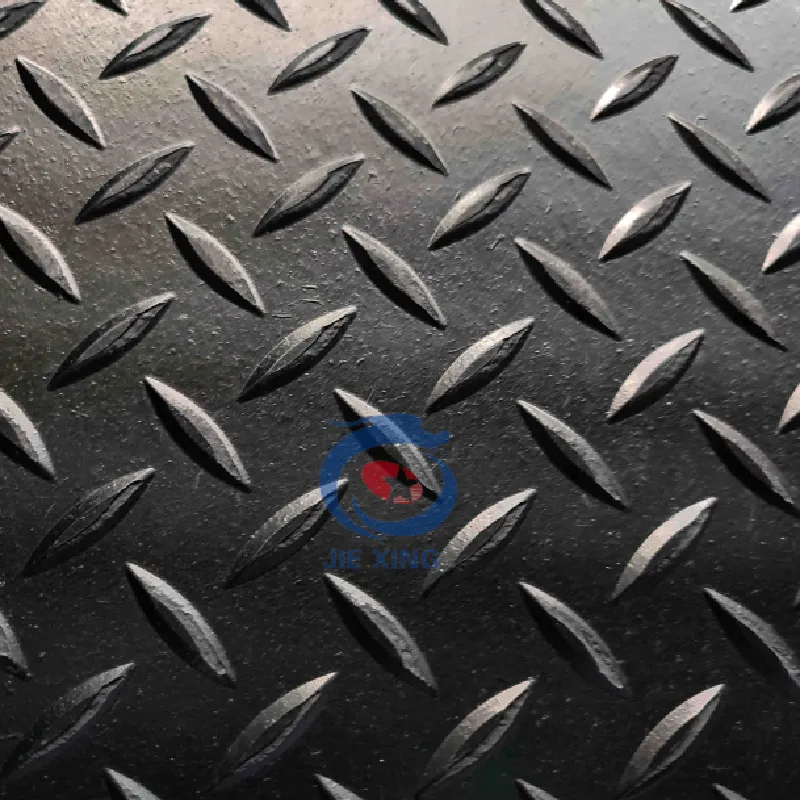draught excluder for door bottom
Understanding Draught Excluders for Door Bottoms A Comprehensive Guide
In the quest for a comfortable and energy-efficient home, one often overlooked yet highly effective tool is the draught excluder for the bottom of doors. These simple devices play a crucial role in maintaining an optimal indoor environment by preventing cold air from seeping in and warm air from escaping. Let's explore the benefits, types, and installation options of draught excluders.
What is a Draught Excluder?
A draught excluder, also known as a draft stopper, is a barrier designed to seal the gap between the floor and the bottom of a door. This gap, often a source of chilly drafts and energy loss, can substantially impact your home's heating and cooling efficiency. By installing a draught excluder, homeowners can create a more consistent indoor climate, reducing the reliance on heating and cooling systems.
Benefits of Using Draught Excluders
1. Energy Efficiency One of the primary advantages of draught excluders is their ability to improve energy efficiency. By keeping warm air inside during winter and cool air inside during summer, these devices help lower energy bills, making them a smart investment for any homeowner.
2. Increased Comfort Eliminating drafts creates a more comfortable living space. No one enjoys the sudden chill that comes from a breeze sneaking in under a door. A draught excluder can help maintain a steady indoor temperature, ensuring comfort for all occupants.
3. Reduced Noise Pollution Many draught excluders also serve as sound barriers, minimizing the transmission of noise from one room to another. This feature is particularly useful in homes with family members who have varying schedules or in urban environments where noise can be a significant nuisance.
4. Environmental Impact By enhancing energy efficiency, draught excluders contribute to lower carbon emissions. Using less energy for heating and cooling reduces your home’s overall environmental footprint, making it a greener choice.
Types of Draught Excluders
Draught excluders come in various types and materials, allowing homeowners to choose one that best fits their needs and aesthetic preferences
1. Door Sweeps These are strips of material attached to the bottom of the door, often made of rubber or vinyl. They effectively seal the gap when the door is closed.
draught excluder for door bottom

2. Draft Stoppers Typically cylindrical or wedge-shaped, draft stoppers are placed in front of the door manually. They can be filled with various materials, including sand, rice, or polyester, providing flexibility in use.
3. Foam Stripping Adhesive foam strips can be attached around the door's frame, creating a seal that prevents air from leaking through any gaps.
4. Heavy Curtains Although they are often associated with windows, heavy curtains can also be used at the bottom of doors, particularly sliding glass doors, for additional insulation.
Installation Tips
Installing a draught excluder is generally straightforward and can often be done by the homeowner without professional assistance. Here are a few tips for effective installation
1. Measure the Gap Before purchasing a draught excluder, measure the gap between the door and the floor to ensure the right size and fit.
2. Choose the Right Material Consider the type of door you have and the climate in your area. Some materials work better in humid conditions, while others are more durable for high-traffic areas.
3. Follow Instructions Whether you opt for adhesive strips, door sweeps, or standalone draft stoppers, ensure you follow the manufacturer’s installation instructions for optimal results.
4. Regular Maintenance Check your draught excluders periodically for wear and tear. Replace them as needed to maintain their effectiveness.
Conclusion
In conclusion, a draught excluder for the bottom of doors is a small but impactful addition to any home. Not only does it enhance comfort and energy efficiency, but it also aids in noise reduction and environmental conservation. With various types available, homeowners have an array of choices to suit their needs and preferences. Investing in a draught excluder not only improves your living conditions but also helps you save money in the long run!
-
Under Door Draught Stopper: Essential ProtectionNewsJul.31,2025
-
Garage Door Seal and Weatherstrips for ProtectionNewsJul.31,2025
-
Edge Banding Tape for Perfect EdgesNewsJul.31,2025
-
Table Corner Guards and Wall Corner ProtectorsNewsJul.31,2025
-
Stair Nose Edging Trim and Tile Stair SolutionsNewsJul.31,2025
-
Truck Bed Rubber Mats for Pickup BedsNewsJul.31,2025
-
Window Weather Stripping for Noise ReductionNewsJul.29,2025